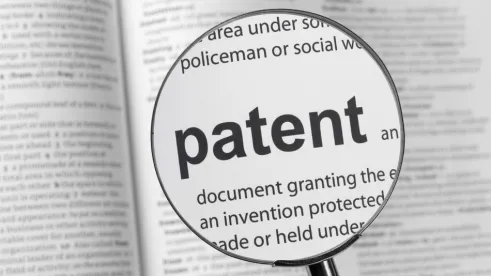In a recent decision on obviousness-type double patenting, Judge Wolf shortened the shelf life of a dispute between Janssen Biotech, Inc. (“Janssen”) and Celltrion Healthcare Co. Inc. (“Celltrion”), relating to a biopharmaceutical patent covering a particular antibody.
In March, 2015, Janssen accused Celltrion of infringing (among other patents) U.S. Patent No. 6,284,471 (the “’471 Patent”), entitled “Anti-TNFα Antibodies and Assays Employing Anti-TNFα Antibodies.” As is relevant here, Celltrion filed two motions for summary judgment challenging the validity of the ’471 Patent – both of which argued that, for separate reasons, the patent was invalid due to obviousness-type double patenting.

In its first motion, Celltrion argued that the ’471 Patent was invalid over a later-issued, but earlier-expiring patent owned by Janssen. Although the parties agreed that the ’471 Patent was not patentably distinct from Janssen’s related patent, Janssen argued that the later issued patent, as a matter of law, could not serve as an invalidating reference for the ’471 Patent. The Court disagreed, and found that under Gilead Sciences, Inc. v. Natco Pharma Ltd., 753 F.3d 1208 (Fed. Cir. 2014), “a later-issuing, earlier-expiring patent can act as a double-patenting reference for an earlier-issuing, later-expiring patent.”
In its second motion, Celltrion argued again that the ’471 Patent was invalid due to obviousness-type double patenting. In this motion, however, Celltrion argued that two separate (expired) Janssen patents served as invalidating references to the ’471 Patent. In its opposition, Janssen disputed the substance of Celltrion’s motion, and further argued that the “safe harbor” provision of 35 U.S.C. § 121—which protects patent owners against a finding of obviousness-type double patenting in certain situations—compelled the Court to reject Celltrion’s motion. The Court again disagreed, and ruled that the ’471 Patent was invalid in light of the two other references on which Celltrion based its motion.
Judge Wolf found that the ’471 Patent was not entitled to protection under “safe harbor” provision of 35 U.S.C. § 121, because such provision “applies only to applications filed as ‘divisional,’” and the application that lead to the ’471 Patent was “filed as a continuation-in-part.”
The case is Janssen Biotech, Inc. et al. v. Celltrion Healthcare Co. Inc., No. 15-10698-MLW, pending in the District of Massachusetts. A copy of the order is available here.



 />i
/>i

